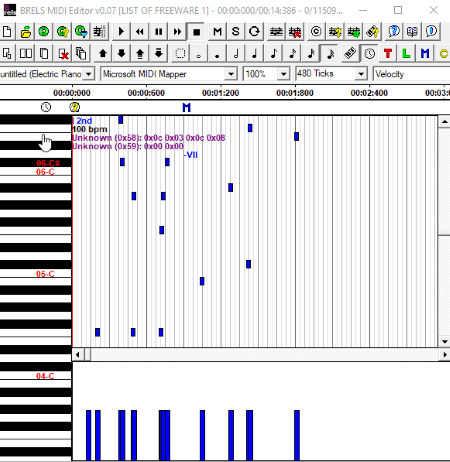

* Compose and "score" original sonic structures making use of present-day digital music production technologies * Identify and explain some of the basic constituents in the shaping of sound which comprise music, like pitch and rhythm * Distinguish among specific acoustic properties of sound like frequency, amplitude, timbre and envelope. * Describe some of the basic principles of the creative process.

* Extend listening skills, creative approaches and enhanced observational skills into everyday life. * Listen deeply with discernment to subtle variants in all sounds and begin to think and write about your listening experience in terms of sound shaping. Anyone with a background in music theory wishing to continue with music studies should take MUS 102/Fundamentals of Music.īy the end of this class, you will be able to: Since we now have a Music Fundamentals course (MUS 102) being offered every semester, the standard music theory component that used to be a part of MUS 101 can be removed so we can concentrate more on Deep Listening applied to musical imagination, daily life, and aesthetics. Such intense listening includes the sounds of daily life, of nature, of one's own thoughts as well as musical sounds. Deep Listening, as defined by the originator of its practice, composer Pauline Oliveros, is "listening in every possible way to every thing possible to hear no matter what you are doing.

#Aria maestosa tnstrument how to
Learning how to listen is a life-long process. Listening lies at the heart of this course.


 0 kommentar(er)
0 kommentar(er)
